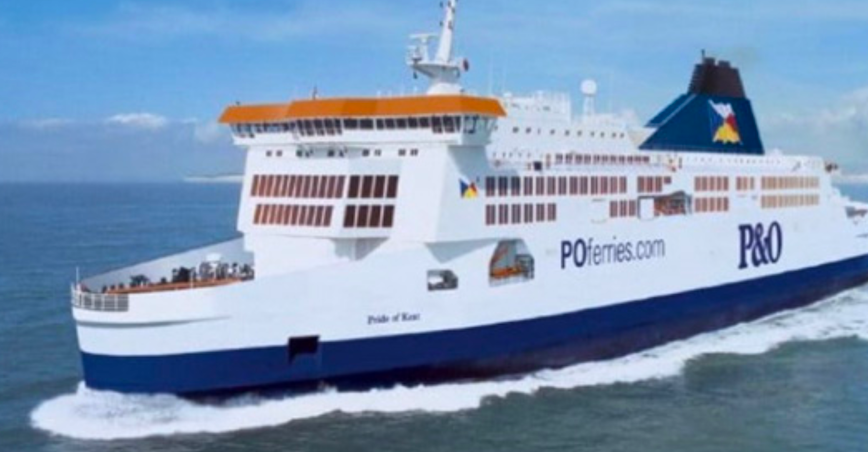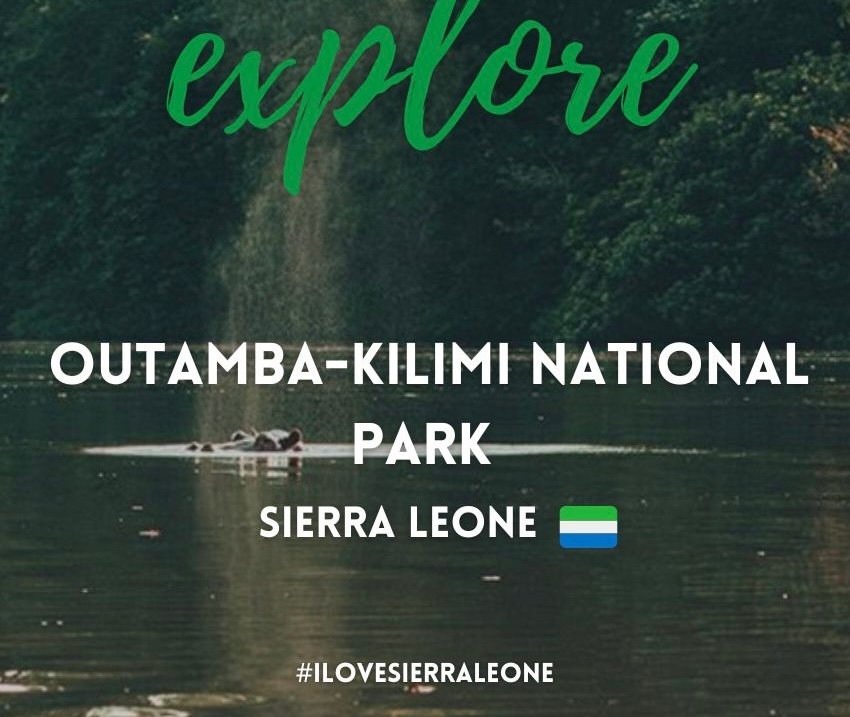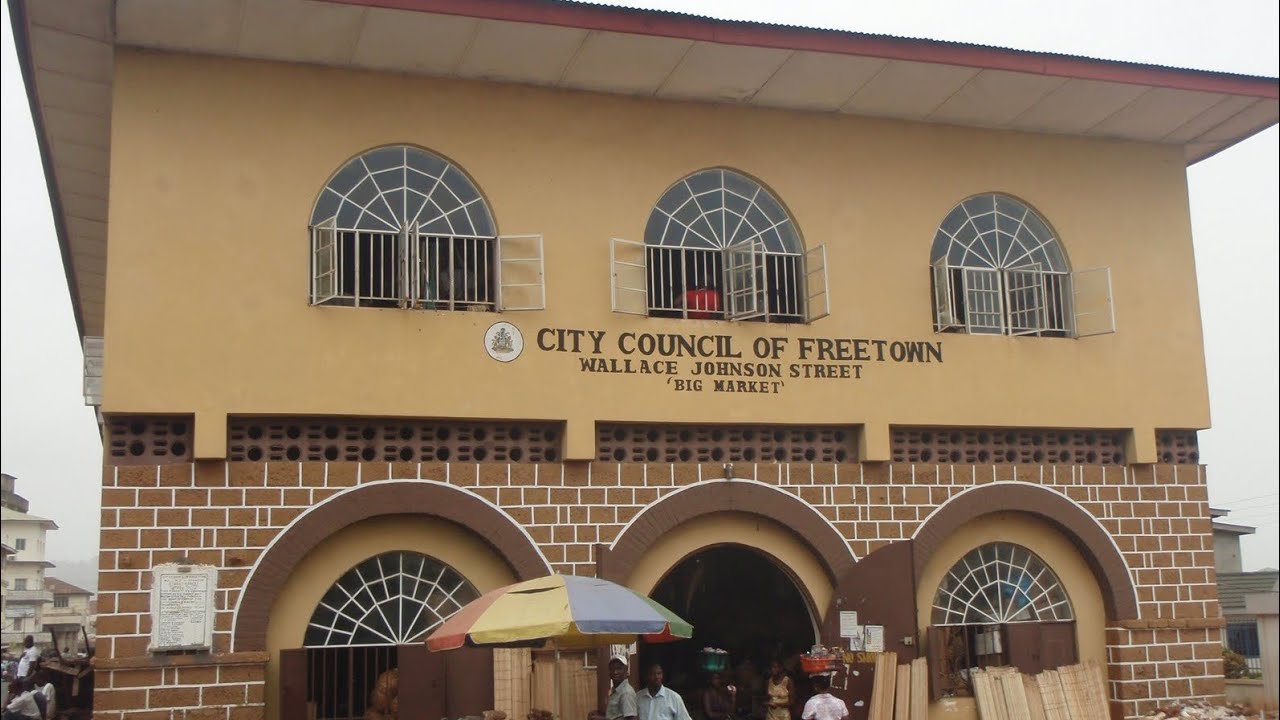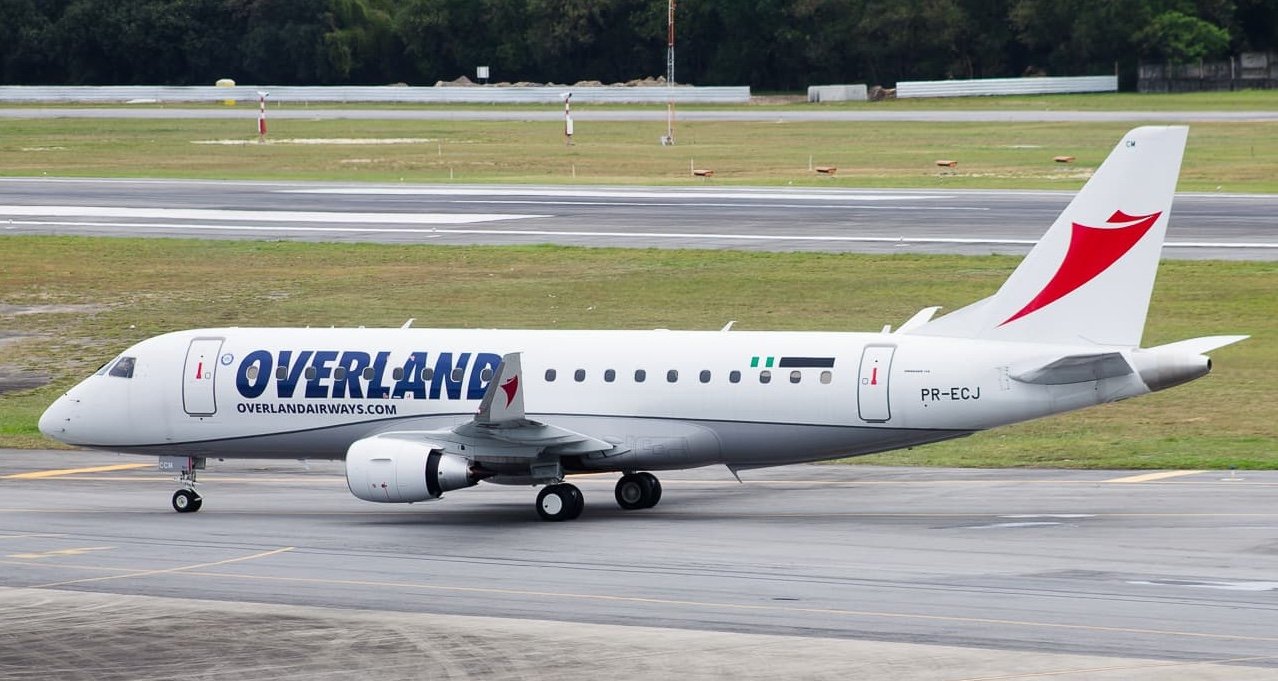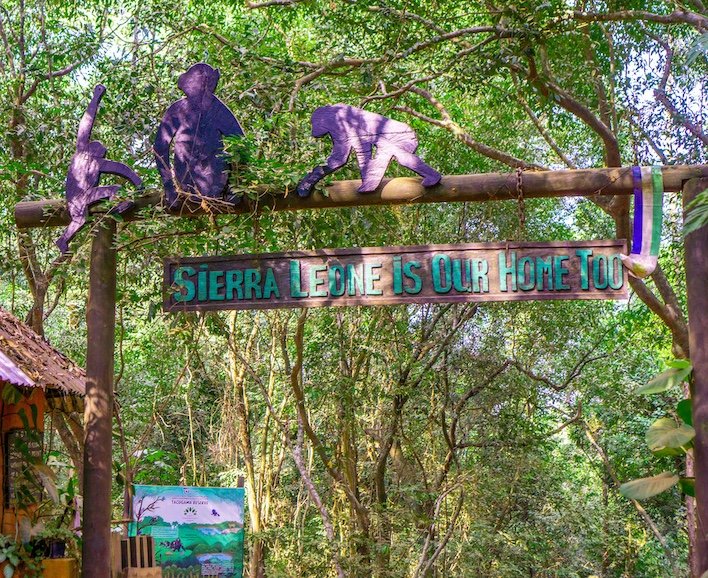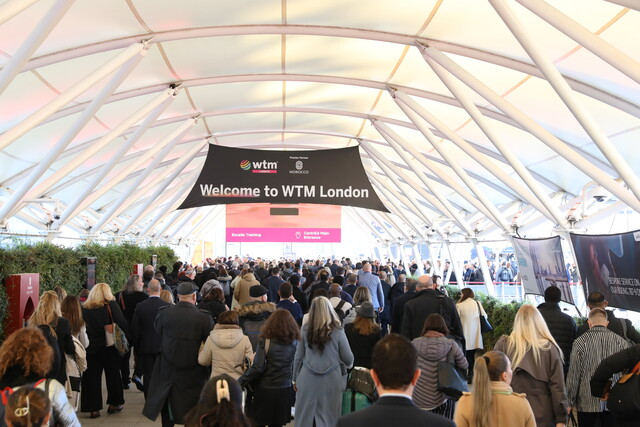Alluring Sierra Leone
 Ariel View Of Tokeh Beach
Ariel View Of Tokeh Beach
As world travelers look for new places to visit, one criterion increasingly stands out: meaningful connections with local communities. Closely tied to this is another desire — a travel experience unspoiled by the trappings of mass tourism. According to destination trends, Africa has emerged as a popular choice with growth in bookings hitting an impressive 33 percent since 2019. This increase extends well beyond the traditional safari. Travelers now appreciate the variety of cultural and eco-adventures possible in such a diverse continent, including those found in Sierra Leone.
On a map, Sierra Leone appears as a relatively small dot on Africa’s western coast. Blessed with miles of shoreline, its neighbors are Guinea to the north and east, and Liberia to the south. Untouched beaches, wildlife sanctuaries, and West African food traditions offer a rugged adventure that rewards those willing to venture off the beaten path and catch a boat to Freetown.
Here are ten reasons why Sierra Leone should be on the intrepid traveler’s bucket list.
Freetown’s Historical SignificanceFreetown, the capital, stands as a melting pot of cultures and holds profound historic significance in the context of slavery, abolition, and the African diaspora. After Britain outlawed the transatlantic slave trade in 1807, the Royal Navy patrolled the Atlantic to intercept illegal slave ships. Over 50,000 freed captives, known as 'recaptives' or 'liberated Africans' were resettled in Freetown. Black Loyalists, West Indians, and liberated Africans from various ethnic backgrounds settled in Freetown, blending their cultures, religions, and languages which have come to define the city and its people today.
Understanding the Slave Trade from the West African PerspectiveFor many, Sierra Leone offers the singular opportunity to explore the history of the transatlantic slave trade from the African side. Sierra Leone was the departure point for thousands of enslaved west African people. Coming full circle, Freetown was established as a home for repatriated former slaves in 1987. Sierra Leone has preserved several monuments to help visitors understand the country’s tragic past. In Freetown, that includes the 300-year-old “Cotton Tree,” the Wharf Steps and the Old Guard House. Nearby on Bunce Island, travelers can visit the remains of the largest slave fort in Sierra Leone turned into a national monument in 1948.
Wild Coastlines and BeachesSierra Leone’s coastline features exceptional beaches that rival the best in the world. At Number Two Beach just outside the capital, you’ll find rainforest-covered hills that slope down to the coast, forming a series of bays and sandy beaches where Freetown locals swim on weekends. For cafes, bars, and lively eateries, head to Lumley Beach. Surfers will want time at Bureh Beach, a tiny resort town on the Western Peninsula known for fishing and relaxing – and catching waves.
Deeply Rooted Food TraditionsSierra Leone’s cuisine reflects the country’s diverse cultures and local ingredients. Traditional dishes combine bold flavors, fresh seafood, and tropical spices. Cassava leaf stew, a hearty dish prepared with finely chopped cassava leaves, palm oil, and smoked fish or meat, stands out. Groundnut soup, a peanut-based favorite, pairs with rice. Local markets overflow with tropical fruits like mangoes, pineapples, and papayas, while street food options like puff puff (fried dough balls) and grilled fish with attiéké (fermented cassava couscous) provide a window into daily life. For a fine dining perspective on regional foods, book dinner in Freetown at The Cole Street Guest House.
13-01-2025


